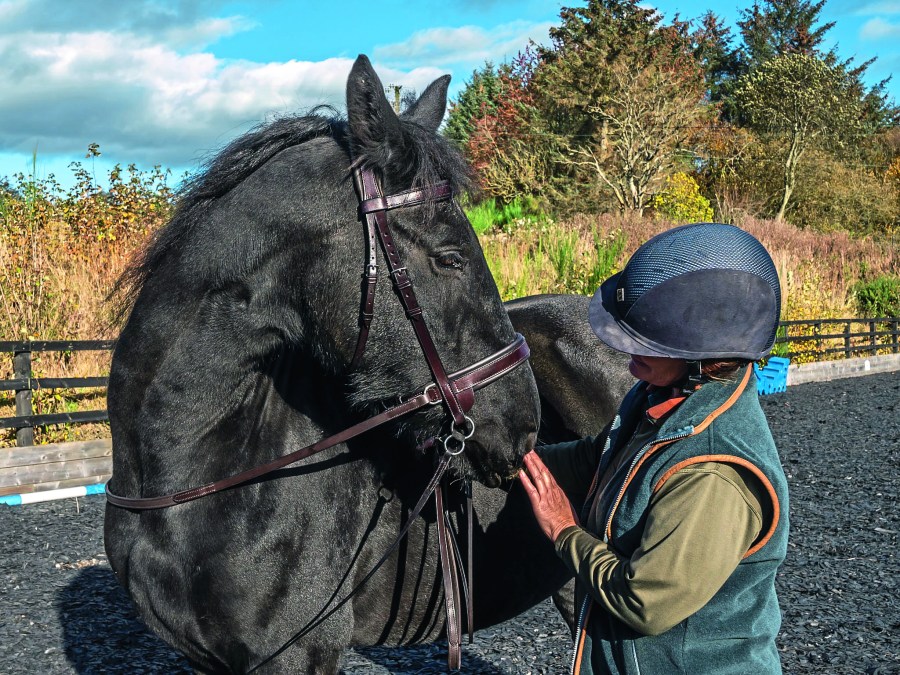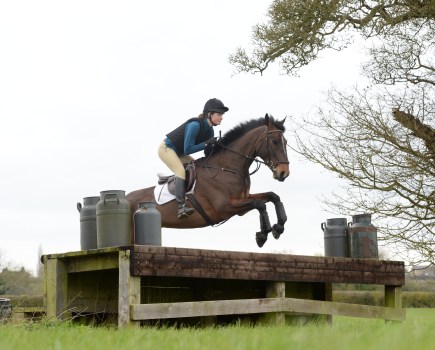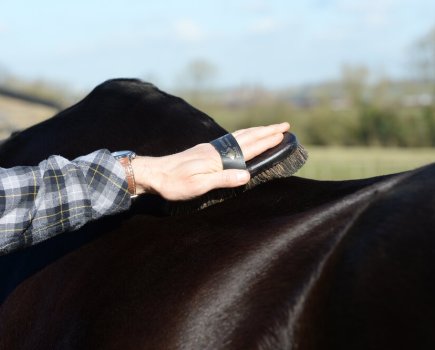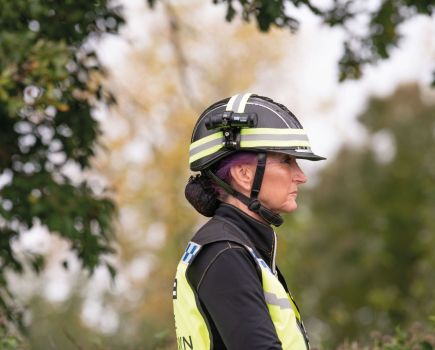Many horses accept bitless bridles and can be more comfortable in them, making them an essential item of horse tack. It’s never too late to give it a go, so if you’ve ever wondered whether going bitless could improve your horse’s way of going, try it! For many people, changing to a bitless bridle has transformed their riding and they would never chose to ride their horses with a bit in their mouth again. A bitless bridle removes pressure from your horse’s mouth and depending on the type of bridle you use will place pressure on different parts of his head.
There are lots of reasons why you may chose to ride your horse in a bitless bridle: perhaps they have a mouth injury which means wearing a bit is painful, or they are extremely sensitive in the mouth. For many owners they believe, from a welfare point of view, that removing the need for a bit is quite simply a kinder way to ride. However, going bitless isn’t for every horse and it’s important to remember that it’s not a replacement for good riding and training.
What are the benefits of a bitless bridle?
The following are some of the many reasons why choosing a bitless bridle can be so beneficial:
- A more forward going horse with greater freedom of movement.
- Improved jumping technique thanks to increased freedom of movement in their head and neck.
- A happier and more willing horse.
- Better communication between horse and rider.
- Improved contact and connection.
- Teaches the rider to ride from your seat and legs, making you less reliant on controlling your horse from your reins.
If you’re keen to give bitless riding a go, although most horses adapt to wearing one quickly, it can take a while to adjust to the feeling you have riding without a bit. Ride in an enclosed arena to begin with, ideally with someone on the ground to watch and advise if you need them — consider asking a trainer if you’re an inexperienced or novice rider. Taking the time to practice stopping, starting and steering just in walk will help build you and your horse’s confidence before you up the pace and venture out of the arena.
Scroll down for expert advice on how to introduce a bitless bridle and how to use rein aids correctly.
Shop for a bitless bridle
If you’ve decided to give it a go, here is a selection of bitless bridles to consider:
Twin Oaks Trekking Bridle Nevada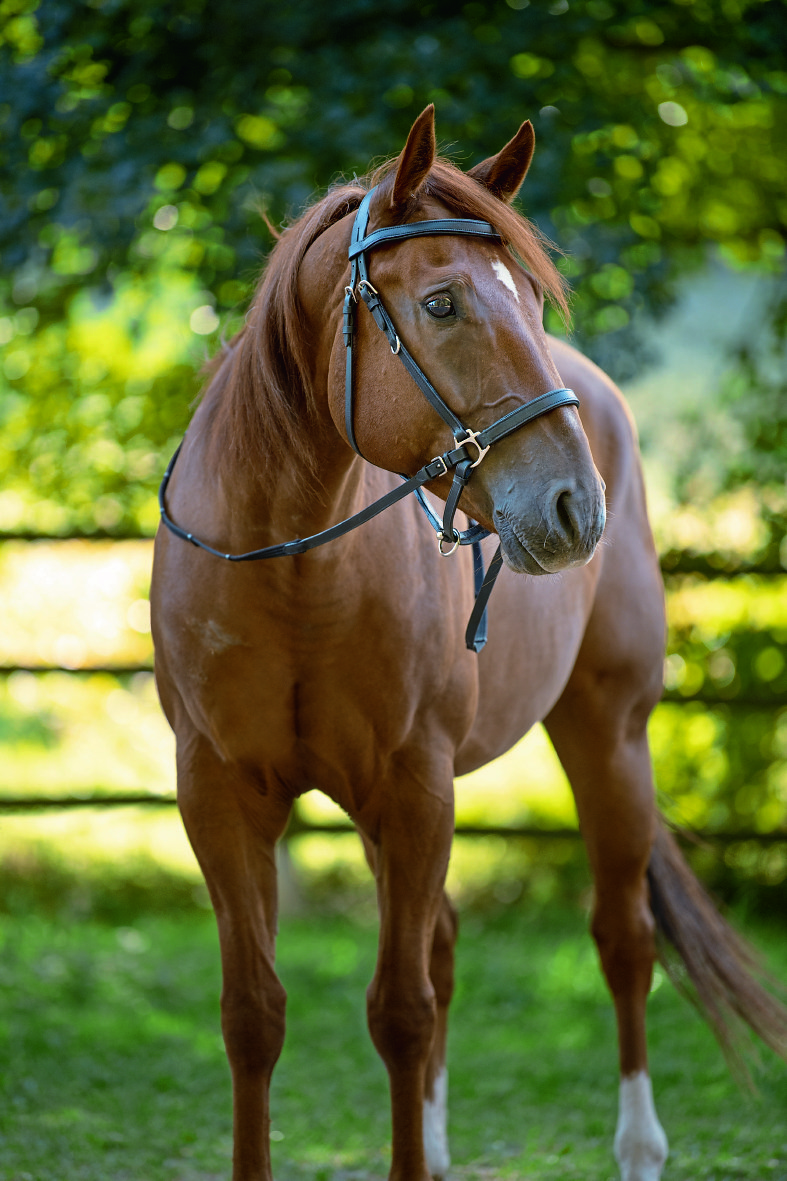
RRP £64.90
Colour: Black
Sizes: Cob, full
The ideal combination of headcollar and bridle, made from leather this Trekking bridle features an anatomically-shaped headpiece for comfort. The ring on the chinstrap can be used for leading. The noseband and browband feature soft padding. The Nevada also comes with a pair of web reins.
Rambo Micklem Multibridle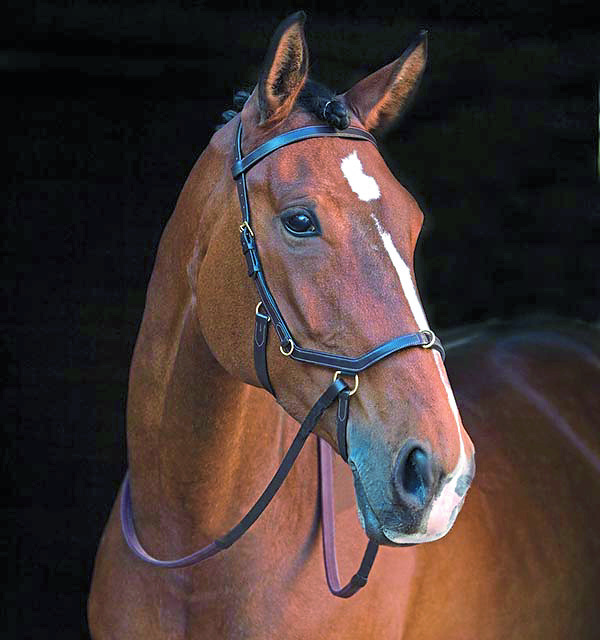
RRP €186.95
Colour: Black, brown
Sizes: Pony, small horse, standard horse, large horse
This unique leather bridle is designed to comfortably fit the shape of your horse’s skull, avoiding pressure on sensitive areas. It can be used as a bridle, lunge cavesson, or as a bitless bridle with three strength options. It comes with tongue protection clips, bit straps, curb groove strap and a strong bitless strap.
QHP Sunna Bitless Bridle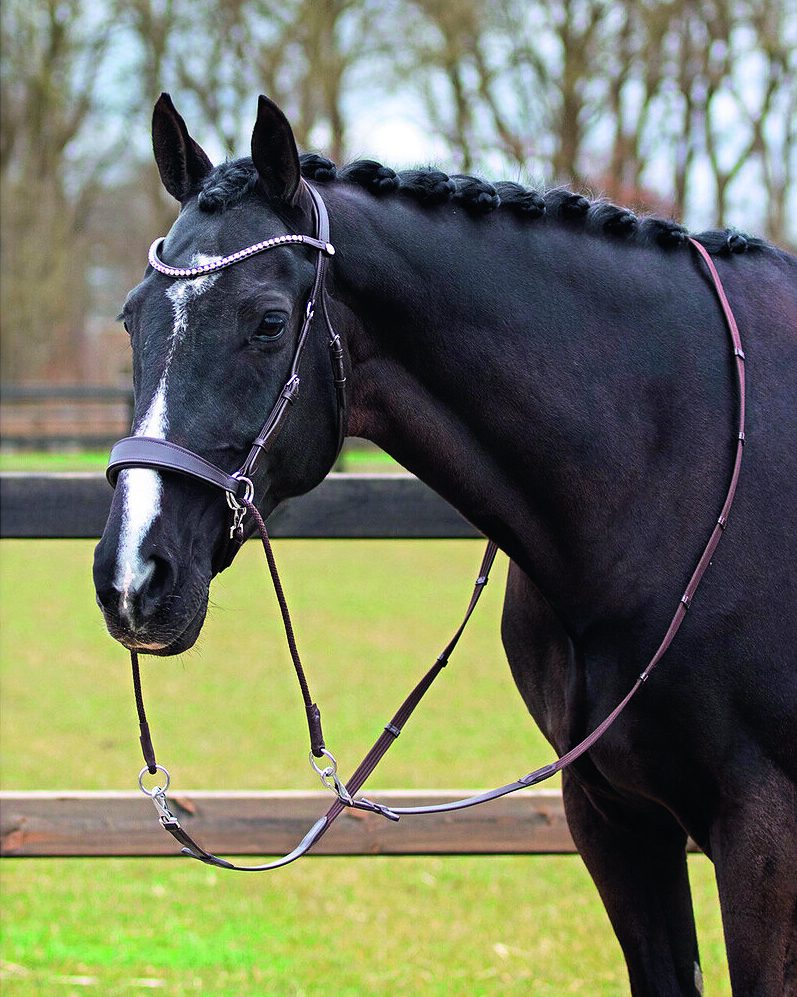
RRP £90
Colour: Black, brown
Sizes: Pony, cob, full
This multifunctional bitless bridle can be used as a side pull, chin crossed and jaw crossed bridle— a great option if you’re not sure what style of bitless bridle to plump for. The anatomically shaped headpiece ensures the best possible comfort, while the browband is decorated with rhinestones with a multicoloured sparkle.
Easy Trek Anatomical Bitless Bridle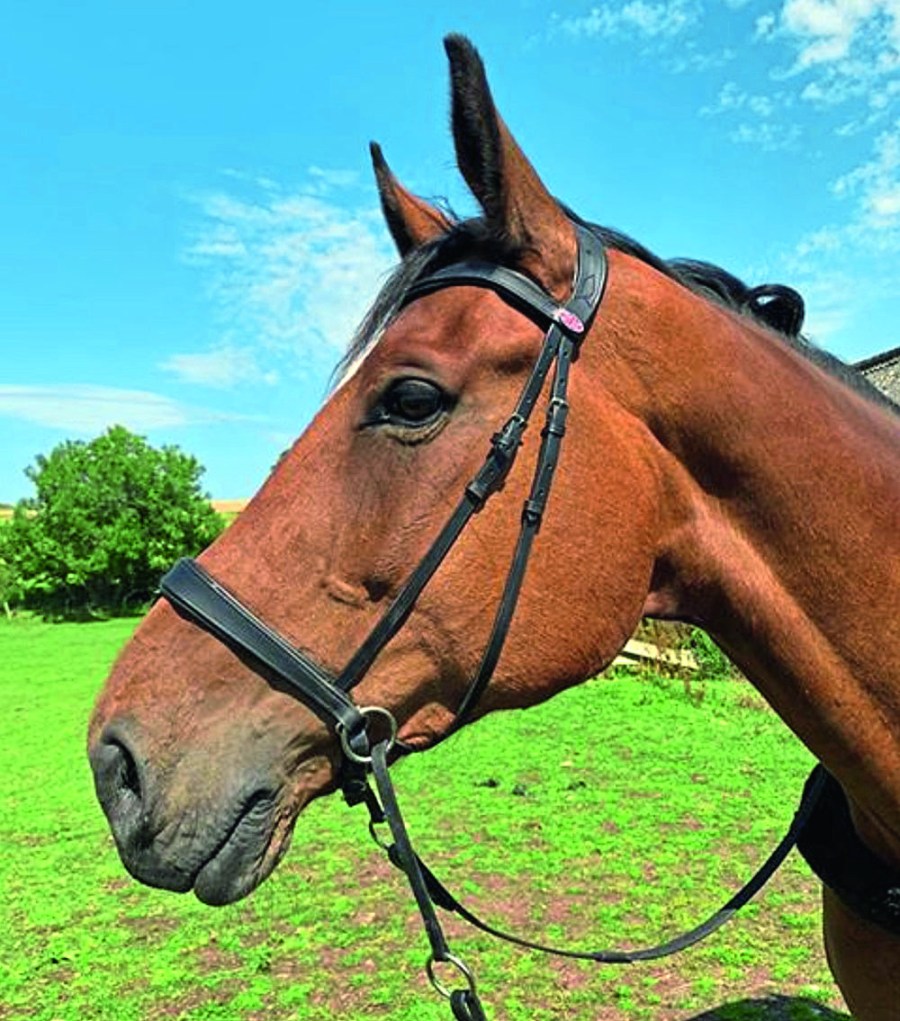
RRP £89
Colour: Black, brown
Sizes: Pony, cob, full, draft
A leather cross under bitless bridle with a soft padded brow and noseband for extra comfort. The ergonomic headpiece is shaped for a good fit and has extra padding to minimise poll pressure. Included with this bridle is a pair of rubber sure grip reins.
Practical Horse Company Bitless Bridle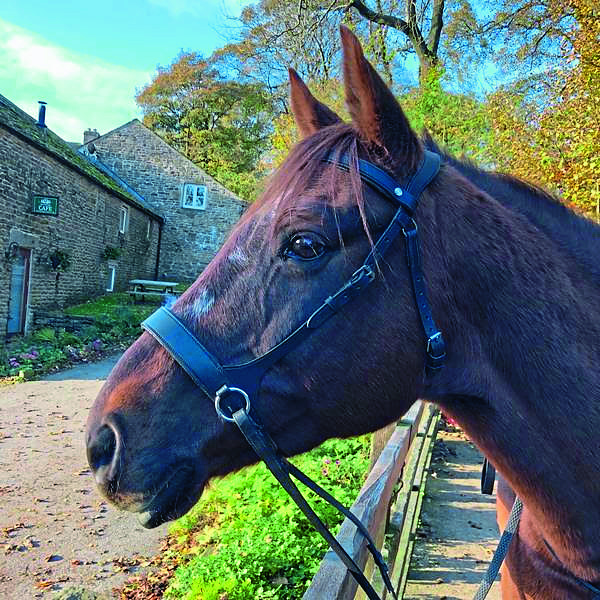
RRP £40
Colour: Black, brown
Sizes: Pony, small cob, cob, full, X-full
This bridle is shaped to fit your horse’s head and avoid major facial nerves. The thick padded noseband helps to distribute pressure when using the aids and the all-in-one headpiece helps to reduce bulk and increase comfort when ridden. The Practical Horse Bitless Bridle is a side-pull style. There is also an extra strap that attaches from the throat lash to the noseband so that the bridle can be used as a headcollar.
Transcend Bitless Bridle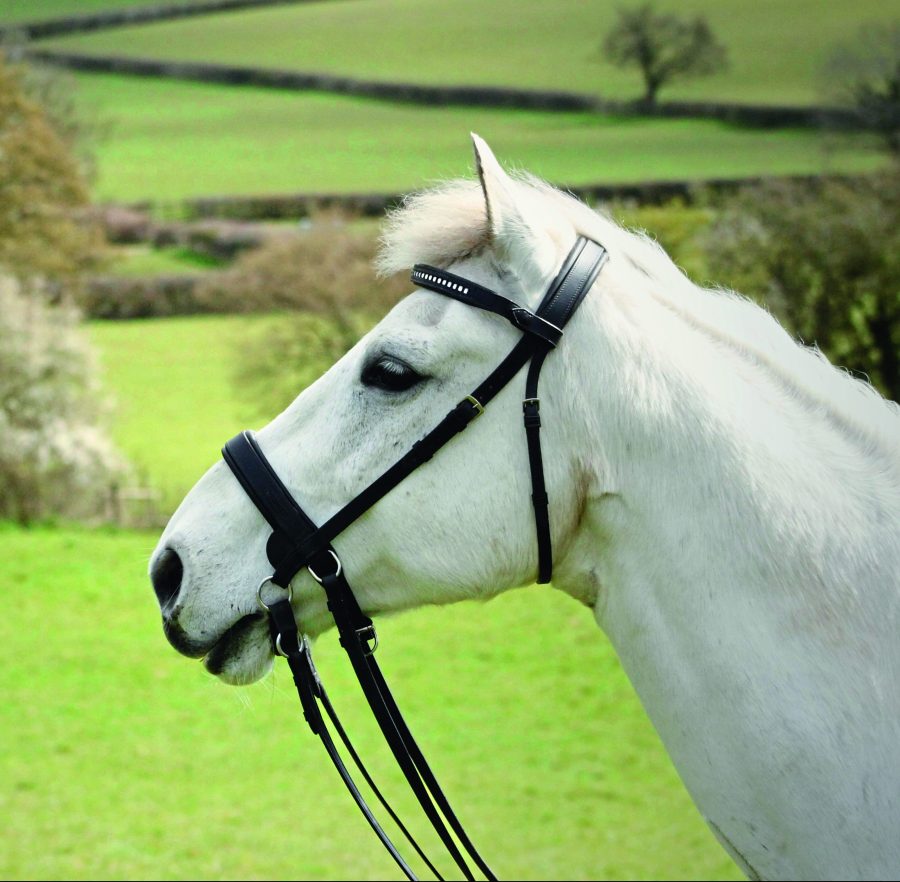
RRP from £135
Colour: Black, Havana, with various coloured stitching decorations
Sizes: Pony, cob, full, X-full
The Transcend is a soft bridle made from English leather. The action of the bridle creates a subtle, soft communication between you and your horse. The design of the bridle avoids the sensitive nerve bundles on your horse’s head for increased comfort. The Transcend noseband is wide and softly padded, and it is fitted below the facial crest and the nerve bundle exit point.
How to introduce a bitless bridle
Introducing any new tack requires a little time to learn about or settle in, and a bitless bridle is no different. Even if you were changing a bit, the way that bit contacts different areas of the horse’s mouth and the slight signal changes means a horse needs time to adapt and get used to it.
“Bitless bridles are no different in this respect — each type contacts different areas on the horse’s face,” says Phillippa Christie MCMA, an expert in bitless bridle fit and research who founded Bitless Boutique. “We need to educate the horse each time we introduce a new type of bridle.”
Rein aids depend on the style of bitless bridle.
“For example, if using a Californian bosal hackamore, you would usually lightly neck rein, which is different from the direct rein cues used with a sidepull,” advises Phillippa. “I recommend that riders think about the strength of their other aids: the first two, seat and leg, should be the focus. We must give our horses the time to adjust to the new cues, and we do this with a simpler, systematic approach.”
Phillippa recommends the following step-by-step process:
Learning bitless bridle aids: step 1
- Starting on the ground, place your inside hand on the wither and, holding the rein in the outside hand, ask with a gentle pull.
- Hold with light contact, and wait for your horse to turn their head slightly towards you. Release at the slightly try.
- Repeat on each side until your horse gets the idea.
- You may like to start with the rein outwards, but gradually bring it inwards as if you were asking from the saddle. The visual aid can help at the start.
When your horse understands the basics of left and right, hold the reins over the pommel and ask with light contact, aiming for a shift in balance to the back hooves, eventually leading to rein-back. Release and reward when your horse thinks or moves backwards. Repeat until they will take two or three steps back with a light ask.
Learning bitless bridle aids: step 2
If your horse is trained to drive, clip on long reins and go for a walk in the arena or paddock. Ask for turns, halts and rein-back. See how light you can make your cues and how responsive your horse can be. If they’re not and it’s safe to do so, ask someone to gently lead your horse and walk alongside them, but leave you to make the aids to turn.
Learning bitless bridle aids: step 3
If your horse is relaxed and listening and you are both ready, get in the saddle. If you feel nervous, try this when someone else is there, such as an instructor, and choose an environment in which you feel safe. When you first get on, allow your horse to stand and relax. Repeat ground exercises one and two from the saddle. Then include your walk on, halt and rein-back.

